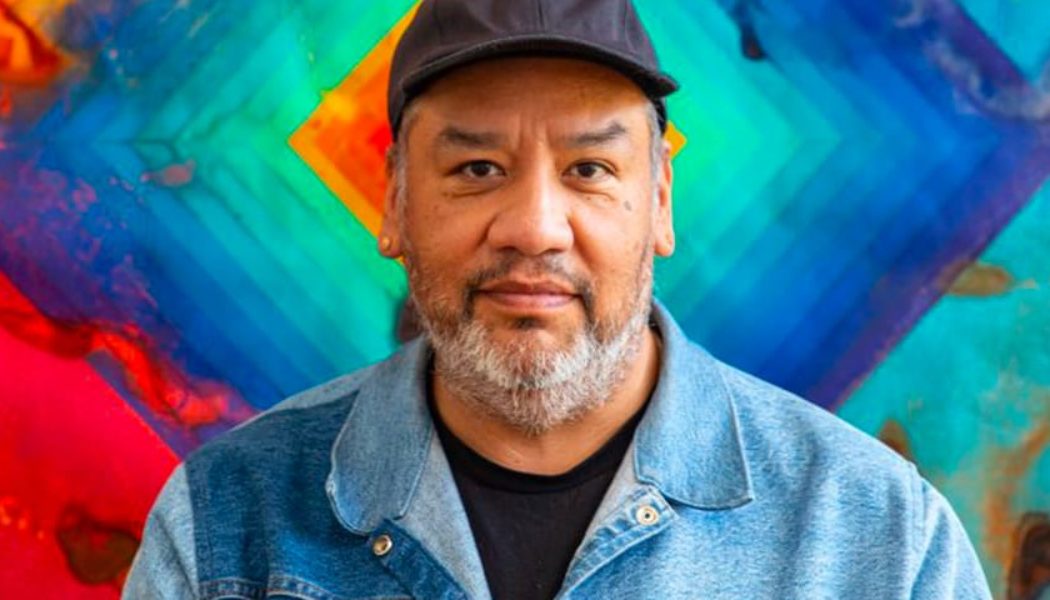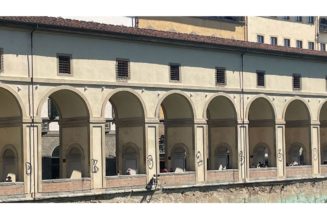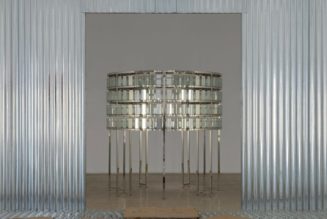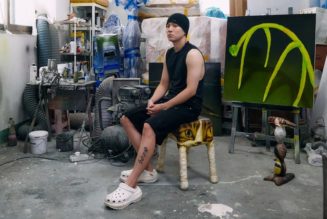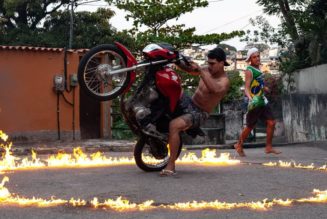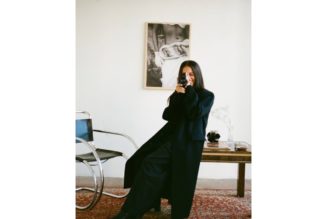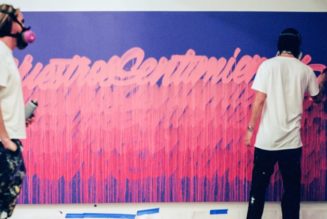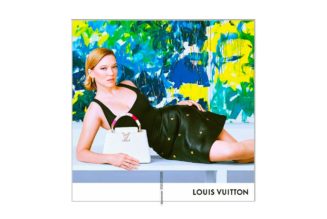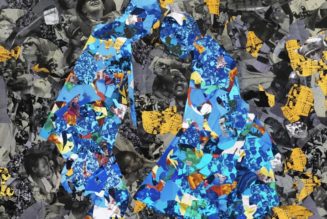
Choctaw-Cherokee artist Jeffrey Gibson has been selected to represent the U.S. pavilion at the 2024 Venice Biennale. Born in Colorado and now based in Upstate New York, Gibson is the first Indigenous artist to be chosen for the honor and will create a number of monumental new installations for the event as part of an exhibition commissioned by the Portland Art Museum in Oregon and SITE Santa Fe in New Mexico.
Defined by chromatic hits of color overlaid with haiku-like messaging, Gibson’s artwork challenges the lack of Indigenous representation in visual culture. Not reserved to one particular medium, the artist utilizes a range of materials and subject matter, from glass, beads, steel and paint to American, Indigenous and Queer histories — resulting in artworks that exude the hybrid nature of American identity, all the while carrying an underlying message of hope.
In the past, Gibson has exhibited at the Institute of Contemporary Art, Boston and has permanent works in the collection of Washington’s National Gallery of Art, amongst others. It’s been nearly a century since the last Native American artist has held a solo exhibition as part of the U.S. pavilion. “I see myself in a continuum of Indigenous making,” Gibson told the New York Times. “I hope people will think beyond the definition of what Indigenous people are — what we make, look and sound like,” Gibson added.
The 2024 Venice Biennale will commence from April 20 to November 24, 2024.
In related news, John Akomfrah will represent Britain at next year’s Venice Biennale.
